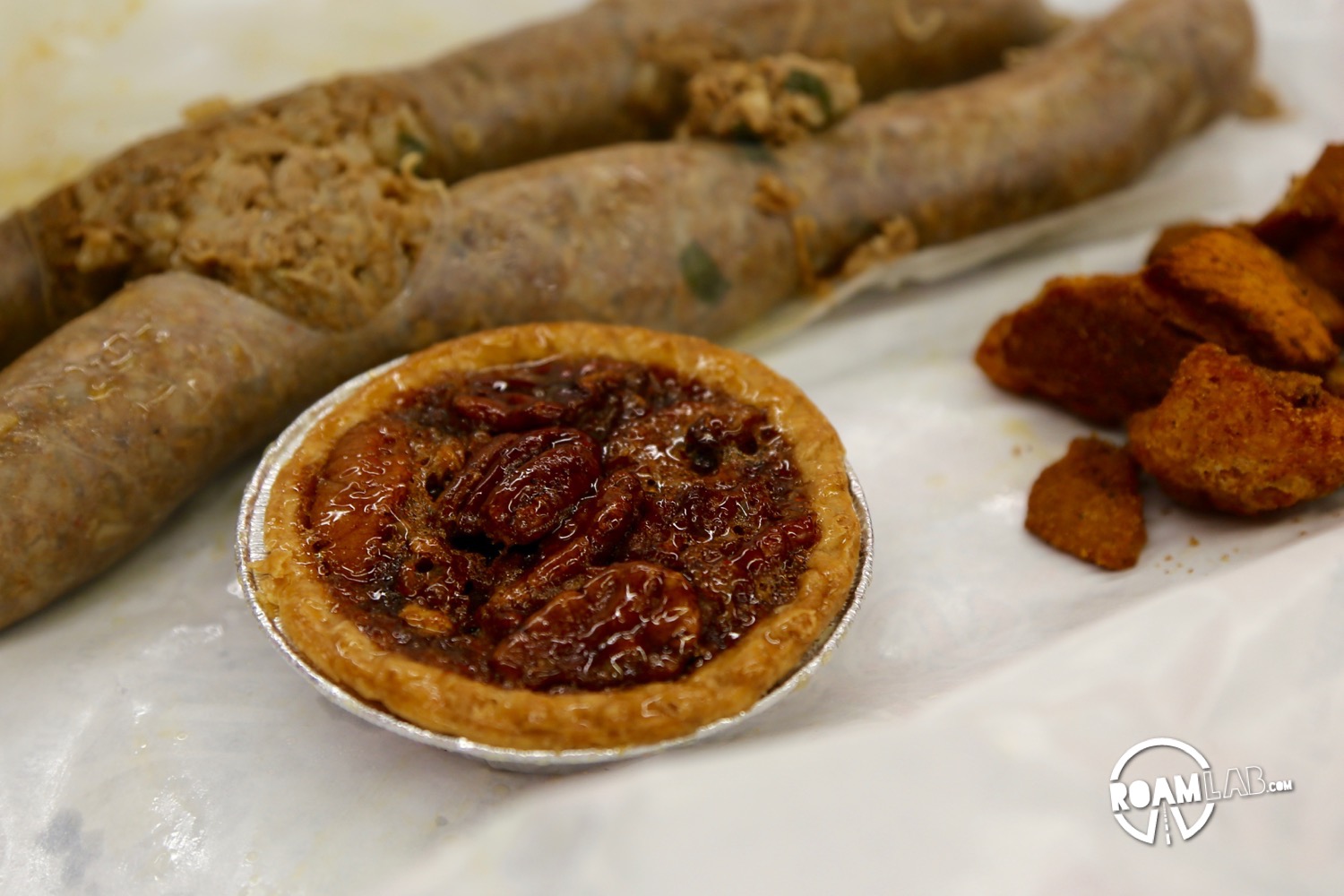
Medicine may be one of the most expressive examples of how society has progressed and improved over time. Doctors have done a lot of crazy and down right dangerous things in the attempt to heal people, whether their malady is real or perceived. When I asked a doctor friend “at what point in history was visiting a doctor more likely to help the patient than harm?” he didn’t have to think hard. He immediately replied: with the invention of penicillin.
Penicillin is an antibiotic and one of the first medications effective against many bacterial infections. It was discovered in 1928. That means, it has only been in the last 89 years of human history that visiting a doctor posed more good than harm. There are people alive today who were born in an era when the local quack was someone to be avoided at all costs. A lot of the reasons for this are catalogued in the New Orleans Pharmacy Museum, a repository of strong narcotics, sharp tools, and lead baby bottles. And, oh, are there some stories to tell…

Of course, one could focus on early iterations of popular modern medicine, but it’s far more fun to focus on the missteps. Bottles of laudanum, ergot, heroine, absinthe, bitters, and other materials that have now been removed from traditional medical practices and relegated to the questionable activity of “self medication” line the shelves of the museum. As a teaching institution, the museum actually is permitted to retain these samples with the original contents in tact. Yes, that is a century old bottle of heroine.
Many of the items on display come with quite a story.
Lead: From the Cradle To The Grave
One of our favorite items on display was a set of lead nipple guards and a lead topper for a baby bottle. Because lead is a relatively soft metal, it was thought to be good for the delicate mouths of babies. The makers were unaware that lead can lead to a 10% intellectual disability, behavioral problems, seizures, and even death. Yet, records as early as the 2nd century BCE describe a suspicion that lead may lead to negative health effects.

Through the 1950s and 1970s, scientists Herbert Needleman and Clair Cameron Patterson struggled against concerted opposition to prove that lead was dangerous to people. Still, up until the late 1900s lead was found in paint and many other products. Between the 1920s and 1980s, leads was a regular additive in gasoline. It’s effects still linger in the ground and air. It has been posited that a lot of antisocial behavior in the 70s can be attributed to harmful exposer to lead.
“The Cholera”
“The Cholera” was a popular topic of conversation in New Orleans long before it arrived in October 25, 1832. If the residents had had some inkling of how the illness spread, they may have taken the opportunity to address the poor drainage, lack of a sewer system, and overcrowded dwelling places. Maybe not. Either way, the environment was ripe to nurture this bacterial infection transmitted by contaminated food and drink. Along with its listed cargo, the steamer Constitution introduced the city to the nausea, purging, spasms, and death that had been rumor. In twenty-two days, cholera claimed 4,430 lives in New Orleans and then vanished.

Yellow Fever
Yellow Fever was an obsolete problem. It hadn’t been around in six years so why would it rear its grotesque head in the summer of 1853? At least, that is what the newspapers assured their readership after an Irish sailor died on May 28, 1853 and two shiploads of sailors in New Orleans began demonstrating troubling symptoms. In July, the newspapers acknowledged that there might me a wee hint of Yellow Fever flitting about town, but it was nothing to worry over, it had only claimed 25 lives. Two-hundred-fourty people died in the next week. By the end of the summer, eight-to-ten thousand people had died of Yellow Fever.
Medical professionals tried their best, but that wasn’t always a good thing. They, rightly, quarantined patients as soon as symptoms arose. They would work to ease symptoms with cool towels and well ventilated rooms. Better yet, if you had the mildly better luck of acquiring the yellow fever in the late 1800s, bloodletting, purging, and mercurials were no longer preferred treatments as they exacerbated the illness. 1853 was before the late 1800s. But possibly most stunning of all was the municipal strategy to disturb the marsh poisons that were thought to cause Yellow Fever:
All manner of experiments were used to try to alleviate the spread of the disease. Tar was set on fire around and in the cemeteries and lime profusely thrown on the cracked and baked earth covering the coffins in the trenches. The Board of Health, in an unthoughtful moment, adopted a suggestion of firing cannons through the city to disturb the atmosphere…Not a breath of air disturbed the dense smoke, which slowly ascended in curling columns until it had reached a height of about 500 feet. Here is seemed equipoised festooning over our doomed city like a funeral pall, and remaining until the shades of night disputed with it the returning and reign of darkness.
– Dr. Theodore Clapp, 1853
Being a seasonal disease, the Yellow Fever abated as the weather cooled. While there were resurgences in ’54 and ’55, they were not as traumatic, mainly because those that had survived the ’53 epidemic now had immunity.
Voodoo Pharmacies
Before penicillin, visiting a voodoo doctor may well have been safer than the board certified variety. Yet, in New Orleans, one didn’t have to hunt for an old shack in a murky bayous to get voodoo treatment. Pharmacies such as Crackerjack Drug Store openly sold spiritual oils, powders, and concoctions between 1935 and 1965. Even pharmacists who started out on the strait and narrow, such as Pascal J. Livizza in 1941, began stalking candles, herbs, charms, and other goods in response to community demand. That isn’t to say that all operated with impunity. Rockford Lewis suspected of selling voodoo products and was convicted of mail-fraud, fraudulent advertising, adulteration and misbranding of medicine, and selling unregistered medicines in 1938. Now, tourists pick up their charms at openly advertising specialty shops.

It’s a wonderful and frightful world that we live in. But I’m grateful to live in an age of the scientific method rather than the four humors.









